MG in the mountains
The little MG Midget was struggling. The altitude and the climb appeared to be wreaking havoc with the 1970-vintage British four-banger up front. She’d be fine for a while, then suddenly she’d seem to be on her last legs. Then, without warning, everything would be fine again. And so it went, all the way up 11,300 ft Berthoud Pass.
Tyler and I were on our way from Denver to Glenwood Springs. We were competing in a “rallye” organized by the local MG Car Club. In a time-speed-distance rallye — yes, that’s how they spell it — teams follow a list of driving directions and attempt to hit checkpoints at precise times. Early or late arrivals at the checkpoints worsens one’s score.
Tyler had acquired his MG a couple months earlier. There seemed to be no better way to enjoy it than with many other like-minded individuals.

Tyler’s 1970 MG Midget
I think that everybody born before 1975 has an MG story. They had one, or their parents had one, or they knew somebody who had one. Always past tense — everybody owned one and nobody owns one. So it goes with sports cars; the same could probably be said about Corvettes.
The day had begun in a downpour. The remains of Hurricane Blanca were over Colorado, and the heavens were adding precipitously to what had already been a very wet June. In the years since the MG was built, the front seal on the convertible top had deteriorated. Or perhaps it had never worked, British automotive engineering being what it was. No matter. A quick stop and a roll of duct tape came to the rescue.
Unfortunately, there appeared to be no role for duct tape in solving our engine problems. Speculation abounded about why we appeared to be intermittently lacking one cylinder.
Was it the cooling system? That was the leading hypothesis for a while. Despite a supplemental electric cooling fan and having the cabin heat on high, the temperature gauge still read near the top of its surprisingly limited range.
Was it general engine malaise? The previous owner had had the engine rebuilt just a thousand miles earlier, so something like poor compression seemed unlikely.
Was it something to do with the altitude? The Midget was built before the era of fuel injection, and its carburetors had been tuned for the significantly lower Denver elevation, so that seemed plausible.
Then, there was what would become my favorite guess: a rather vague “something to do with the ignition system.” Although I couldn’t articulate my exact reasoning, it seemed like a problem where one cylinder appeared to spontaneously cut out and then spontaneously rejoin the party was likely to be electrical.
After an agonizing (yet beautiful) grind up the pass, the summit mercifully presented itself. We had crested the highest point of the trip. The duct tape was ripped off, the top was stowed, and we cruised down into Winter Park in classic style. The sun smiled on us.
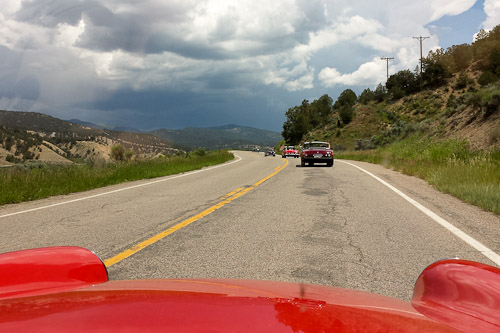
Touring the Colorado countryside behind a rainbow of other old MGs
The rallye proceeded along its meandering route towards Glenwood Springs. The engine continued to be temperamental, but the old girl never stopped lugging us along.
We made it to our destination after about 270 miles of driving spread across eight hours. Our performance in the rallye had steadily improved, and by the later stages we were claiming errors of just a few tens of seconds. Our skin was sunburned, our legs were cramped, and our smiles were large.
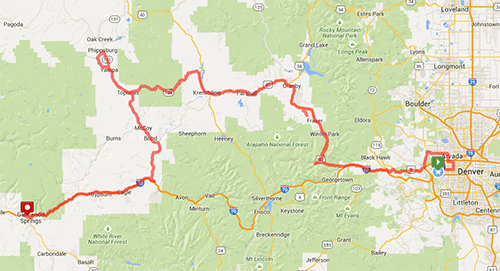
The MG Rallye route from Denver to Glenwood Springs
Days later, safely back in Denver after a lower and more southerly return journey, Tyler figured out the cause of the problem: there was coolant in the distributor. At least one cylinder wasn’t getting spark.
The car’s performance in the face of that challenge was all the more impressive. The original 60 horsepower had been reduced by at least 25%, and yet she still managed to climb through the Rockies.
Like the Little Engine That Could, the MG made it. “I thought I could! I thought I could!”
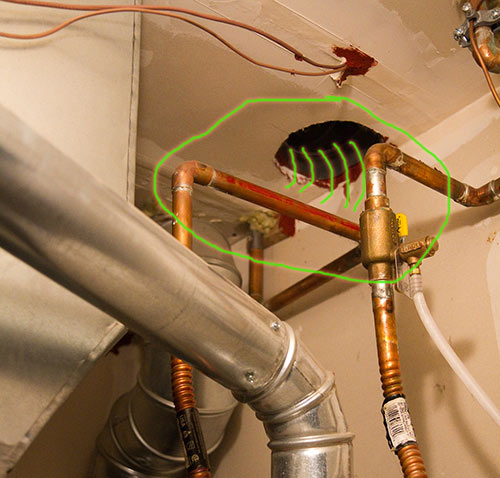

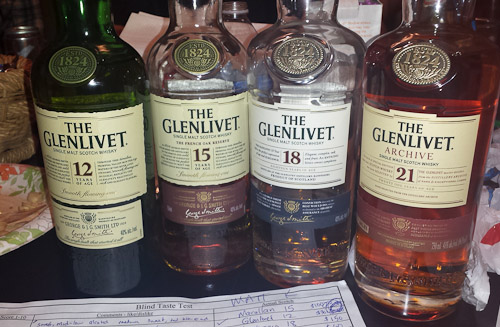

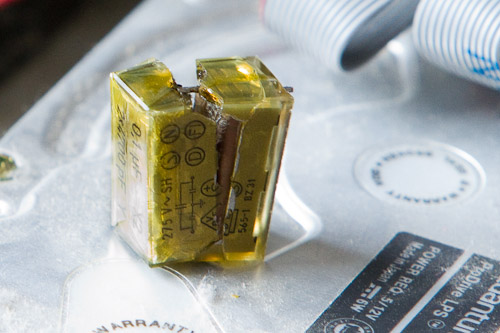
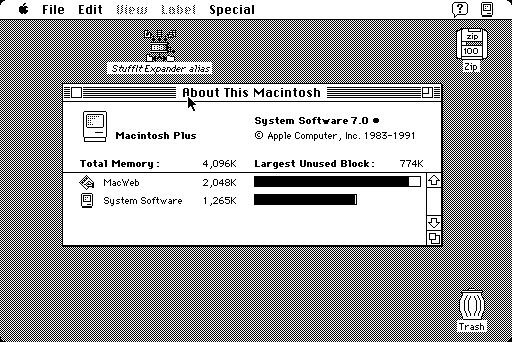
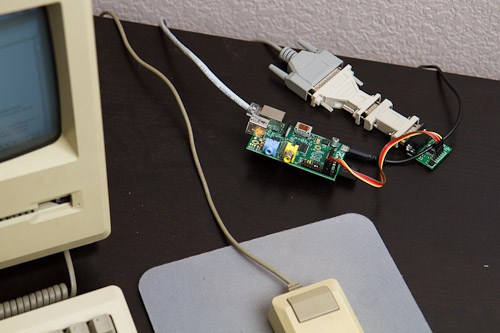
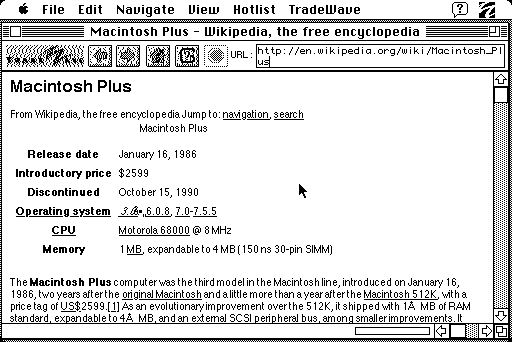

Recent Comments